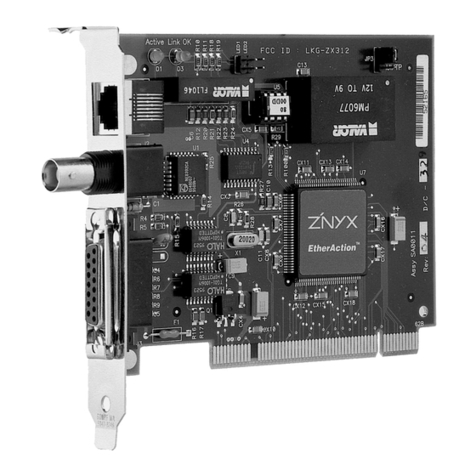
Manual VIPA System 300S SPEED7 Contents
HB140E - CPU - RE_317-4PN12 - Rev. 12/05 i
Contents
About this manual....................................................................................1
Safety information....................................................................................2
Chapter 1 Basics..............................................................................1-1
Safety Information for Users................................................................. 1-2
Operating structure of a CPU ............................................................... 1-3
CPU 317-4PN12................................................................................... 1-6
Chapter 2 Assembly and installation guidelines............................2-1
Overview .............................................................................................. 2-2
Installation dimensions ......................................................................... 2-3
Assembly SPEED-Bus ......................................................................... 2-4
Assembly standard bus ........................................................................ 2-8
Cabling............................................................................................... 2-10
Installation guidelines ......................................................................... 2-11
Chapter 3 Hardware description .....................................................3-1
Properties............................................................................................. 3-2
Structure .............................................................................................. 3-3
Technical data...................................................................................... 3-9
Chapter 4 Deployment CPU 317-4PN12..........................................4-1
Assembly.............................................................................................. 4-2
Start-up behavior.................................................................................. 4-2
Addressing ........................................................................................... 4-3
Hardware configuration - CPU.............................................................. 4-6
Hardware configuration - I/O modules.................................................. 4-7
Hardware configuration - Ethernet PG/OP channel .............................. 4-8
Hardware configuration - SPEED-Bus................................................ 4-10
Setting standard CPU parameters...................................................... 4-15
Setting VIPA specific CPU parameters............................................... 4-20
Project transfer................................................................................... 4-25
Access to the internal Web page........................................................ 4-29
Operating modes................................................................................ 4-31
Overall reset....................................................................................... 4-34
Firmware update ................................................................................ 4-36
Factory reset ...................................................................................... 4-39
Slot for storage media ........................................................................ 4-40
Memory extension with MCC.............................................................. 4-41
Extended know-how protection........................................................... 4-42
MMC-Cmd - Auto commands ............................................................. 4-44
VIPA specific diagnostic entries ......................................................... 4-46
Using test functions for control and monitoring of variables................ 4-51
Chapter 5 Deployment PtP communication ...................................5-1
Fast introduction................................................................................... 5-2
Principle of the data transfer ................................................................ 5-3
Deployment of RS485 interface for PtP................................................ 5-4
Parameterization .................................................................................. 5-7
Communication .................................................................................. 5-10
Protocols and procedures .................................................................. 5-16
Modbus - Function codes ................................................................... 5-20
Modbus - Example communication..................................................... 5-24




























